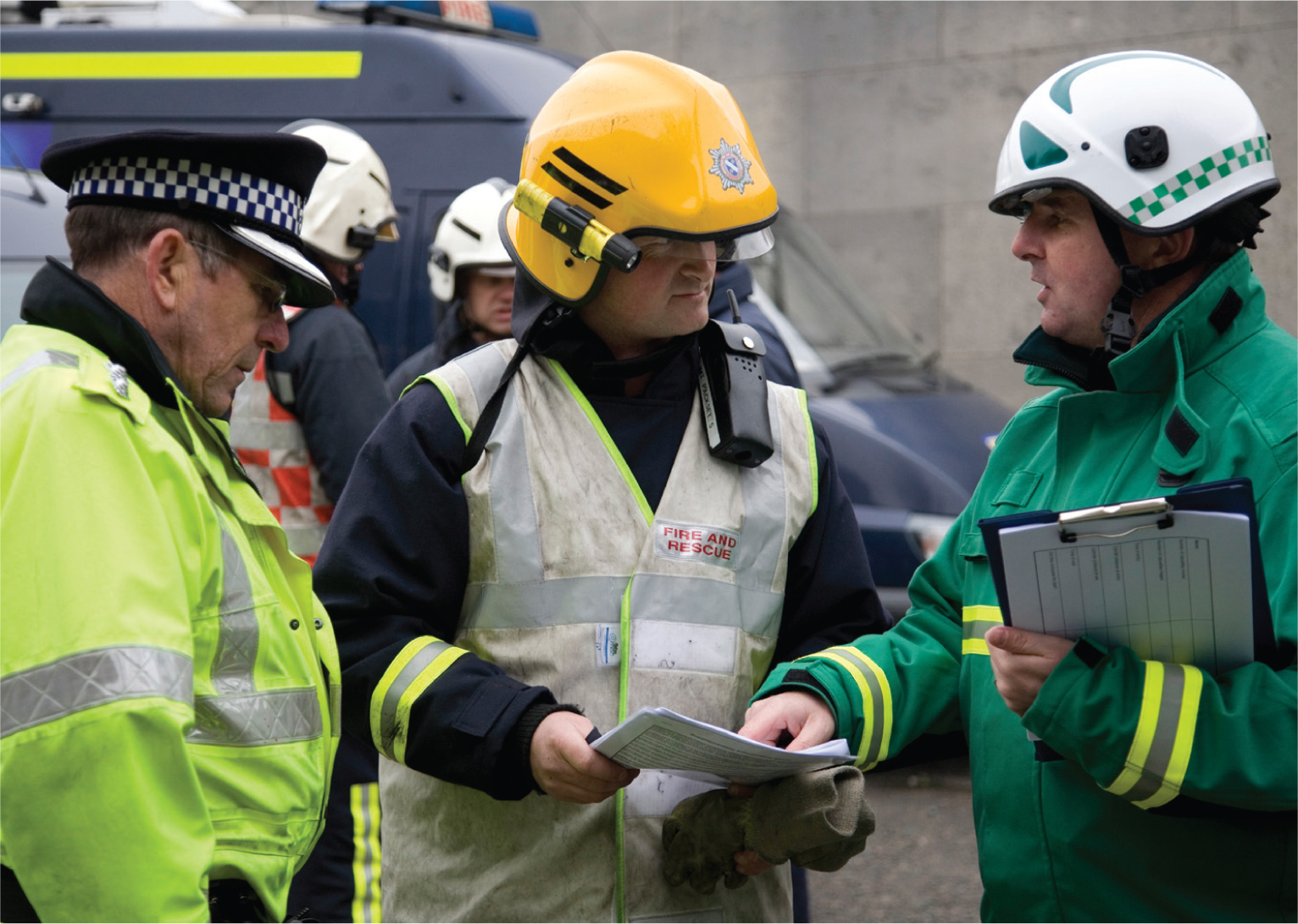
The Joint Emergency Services Interoperability Programme (JESIP) was established in 2012 to improve how the police, fire and ambulance services work together at major or complex incidents.
Public scrutiny and expectations of the emergency services are high, especially after findings from past incidents such as Hillsborough, the London 7/7 bombings and the Derek Bird shootings in Cumbria made news headlines. Many traditional ways of working have been challenged. The roles, responsibilities and operating procedures used by each service have been frequently misunderstood, which has caused confusion at crucial times.
JESIP is focused on the response of the three emergency services as the most common initial responders to a major incident. The key areas for improvement we have focused on include:
Many suggestions of how improvements could be made to interoperability have been researched and implemented locally or by a single service. We also know that in some areas joint working procedures have been put in place through Local Resilience Forums. However, there is inconsistency in approach across the country. There is also no national consistent method where lessons that need to be learnt can be easily shared and implemented by all services.
How does JESIP affect me?
You may be wondering how all of this affects the work of a paramedic? Like many operational staff you may be the ones who arrive first at the scene, or maybe you arrive soon after a major incident is declared and are part of a multi-agency team working together.

It is better co-ordination and management of that initial ‘golden hour’ that JESIP is focused upon. All the evidence indicated that it is the operational and tactical staff who do not get the opportunity to meet their peers from other services during training, testing and exercising. It is these people who need the support of a more co-ordinated approach to major incident response. This is one of the areas JESIP aims to resolve.
What has JESIP delivered?
At the start of the programme, JESIP considered the areas where we could improve interoperability between services and planned activities against them. The activities fell into four categories:
From this initial work, the foundation piece of work for JESIP, Joint Doctrine: The Interoperability Framework, was developed and published. This guidance for joint working is the fundamental platform for everything else JESIP has done to improve interoperability now but also in the future. It addresses the problems identified:


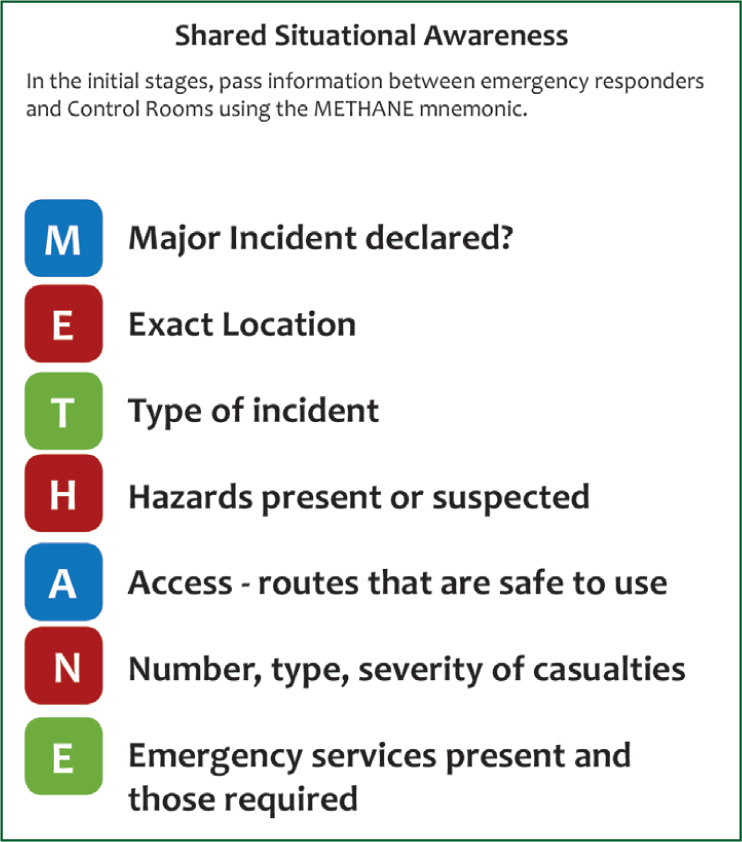
JESIP training
Our training courses and awareness packages are designed to train a range of people in what is contained in the Joint Doctrine and how they will need to apply it. The first courses have been running across the country since December 2013 and are targeted at operational and tactical commanders in police, fire and ambulance services.
JESIP is also planning for services to provide specific training to control room managers and supervisors who are key to incident response. We have also developed a number of other awareness presentations and e-learning packages for services to use.
‘It is better co-ordination and management of that initial “golden hour” that JESIP is focused upon’
All of the classroom training courses have been designed to be delivered by a joint training team to attendees from the three services. This has led to excellent opportunities for commanders to learn not only about the Joint Doctrine, but to better understand the roles of their peers from other services. The opportunity to train alongside the other services and learn about their organisations is clearly working well, with excellent feedback from those who have already been trained.
What about other responders to emergencies?
JESIP does recognise there are many other organisations who may be involved in the response to a major incident. Such organisations include the HM Coastguard, British Transport Police, the Environment Agency and various specialist rescue teams. For them, JESIP will seek to improve how they can interact with police, fire and ambulance services at the scene. It will be easier for the capabilities of other organisations to be factored into response plans as the incident response will be more co-ordinated and consistent by following the JESIP principles and models.
‘Overall, JESIP will touch thousands of staff within the response sector, and is the largest scale joint training programme ever’
For these organisations, we have designed an awareness package that is available on our website to view as a video but also can be downloaded to deliver to groups of staff.
JESIP training is being delivered locally and we are encouraging services to include their local partner responding agencies where possible and appropriate.
How will we know if it works?
Crucial to success is ensuring that the training is having the desired effect. Making sure that commanders are following the principles and applying the models is key. To embed this knowledge until it becomes second nature is a big cultural change for all services. It will take time, especially with officers who have been in service for many years. That is where testing and exercising plays its part.
JESIP is running a series of validation exercises during the summer 2014 to test that interoperability between commanders is improving and that the training products produced are doing the job intended.
However, the expectation is that services will also test the interoperability knowledge and skills of their staff during their local testing and exercising arrangements.
What will JESIP achieve?
Overall, JESIP will touch thousands of staff within the response sector, and is the largest scale joint training programme ever. However, this is only the start, and JESIP will instigate change that will last beyond the end of the initial two-year programme.
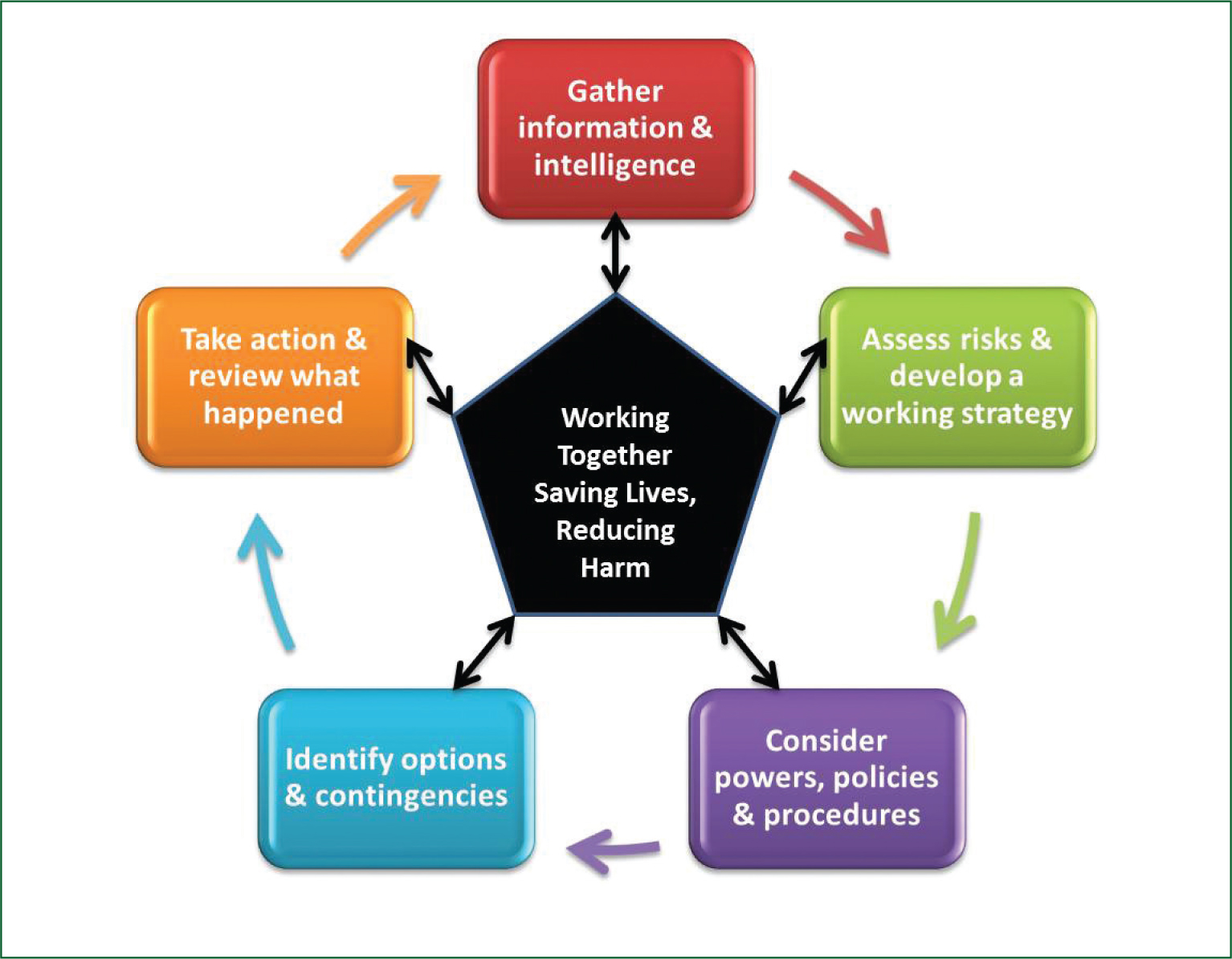
What are services having to do differently?
It is widely recognised that the JESIP Joint Doctrine has been long overdue. It is seen as the best practice that has never before been documented and recognised. We need to ensure the good work JESIP has started continues. We need to ensure services more routinely plan together, train together and, test and exercise together. This is the only true way to improve interoperability.
What will happen after September 2014?
In September 2014, the current team will be reduced to close down the formal programme and prepare for the legacy arrangements to be in place for April 2015. They will continue to support services as they embed JESIP locally.
Commitment has been made by all the services involved and by Government to a central function that owns and monitors what JESIP has developed is required.
The details of what that will look like are still being scoped but a large part of the JESIP legacy will be to establish long-term organisational learning arrangements that apply to all services. This work will be overseen by a new Tri-Service Governance board who will ‘own’ interoperability across the services. This board will oversee the work of a small central team and report into ministers on a regular basis.
This legacy will ensure learning from what happens today can smoothly progress to national policy and procedural changes as and when required. Never before have the UK emergency services had the opportunity to resolve the challenge of acting upon lessons identified.
Thankfully, major incidents do not occur very often, but when they do it is essential that our emergency services are able to respond effectively to save as many lives as possible and reduce harm. JESIP was initiated and will continue to support services as they do just that.
The JESIP Joint Doctrine, an introductory film, information about JESIP training and awareness packages along with our latest news can be found on our website: www.jesip.co.uk or follow us on Twitter @jesip999.
